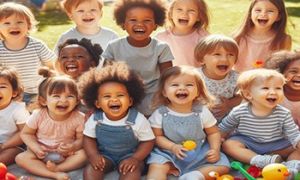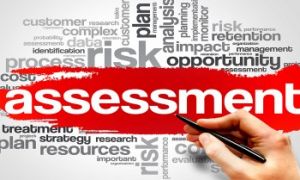Learning emotional regulation in the early years is not only important to become better-adjusted adults but has been found directly related to higher levels of academic achievement in later life. An integral step in emotional regulation is the identification of unhelpful or negative emotions like anger.
Here are a few tips on teaching kids to identify their anger signs so that they know how to manage them better.
Focus On Your Face
Drawing and worksheets can turn out to be very valuable when teaching emotional recognition skills. For example, provide children with a worksheet with an outline of their face or upper body. Then ask them to colour parts of the face or body that feel hot when they are feeling angry. They may wish to use colours like red or orange but be open to them using other colours too. More importantly, ask questions like what happens to your eyes and brows so that they can recognize angry expressions like frowns and scowls.
How Do You Speak
Self-observation with a mirror can be another useful way to identify anger signs. Ask a child to think of a situation that makes them very angry and then note their expressions in the mirror. Also encourage them to verbalise and then ask if their voices changed when angry like getting louder, if they felt like shouting, found themselves talking faster or perhaps just the opposite like not being able to talk at all.
Listen To Your Body
Plan an Anger Role-Play so that children are able can witness another person being made and identify signs of anger. At appropriate moments, ask questions like:
- How do we know that person is mad?
- How is the person breathing?
- What is happening to the person’s fists/shoulders/legs?
Eventually, extend the discussion to what they are likely to feel on the inside when they get angry. Possible answers could include their hearts beating faster or going ‘thud-dud’ inside their chests. Also encourage them to think about what they want to be doing at such times, feeling full of energy, needing to do or ‘fix’ something or even hurt someone.
Let’s Learn More
Look for stories and educational videos to teach children not just about recognizing anger but the importance of controlling it too. Emotion flashcards are particularly useful for children who have difficulty communicating verbally or identifying emotions in others. Through pictures, illustrations, pictograms, or emoticons, emotion such cards present a visual representation of a specific emotion, a label naming that emotion and sometimes descriptions of the emotion as well.
The following set of feelings flashcards provides a visual representation of a specific feeling. They can be used as a tool to teach children to recognise and identify feelings and can be helpful in supporting a child to express and share their feelings: Feelings Flashcards
These feelings posters provide a visual representation of a specific feeling. They can be used as a tool to teach children to recognise and identify feelings and can be helpful in supporting a child to express and share their feelings. They can also be used in a room display or even as part of the action song "If You're Happy And You Know It": Feelings Posters
References:
Children Developing Self-Regulation Skills, Taylor and Francis Online
Anger Signs Worksheets For Children, Very Special Tales


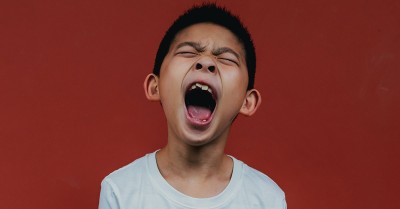

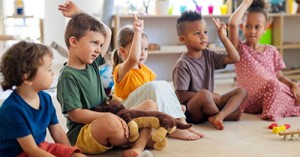


 Open ended questions cannot be responded to with one word answers such as yes or no. These types of questions enables a child to provide
Open ended questions cannot be responded to with one word answers such as yes or no. These types of questions enables a child to provide During your child’s preschool years, an important milestone begins to emerge. This is the development of pre-writing skills. Pre-writing skills are used to encourage, develop
During your child’s preschool years, an important milestone begins to emerge. This is the development of pre-writing skills. Pre-writing skills are used to encourage, develop Open ended materials enables children to play freely. They are objects that have no rules to follow, use or function. Raw materials that can be
Open ended materials enables children to play freely. They are objects that have no rules to follow, use or function. Raw materials that can be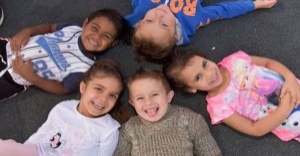 An Acknowledgment of the Country is a way of showing respect for the Traditional Owners and can be given by both non-Indigenous people and Aboriginal
An Acknowledgment of the Country is a way of showing respect for the Traditional Owners and can be given by both non-Indigenous people and Aboriginal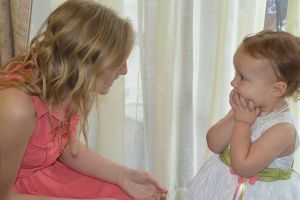 Language plays an important role in a child’s development. It enables a child to communicate effectively with their family, learn at school, socialize with friends,
Language plays an important role in a child’s development. It enables a child to communicate effectively with their family, learn at school, socialize with friends,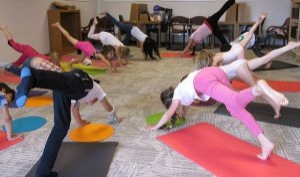 Like adults, children have to deal with their own stress in life. Moving house, starting a new school, preparing for a new sibling - these are
Like adults, children have to deal with their own stress in life. Moving house, starting a new school, preparing for a new sibling - these are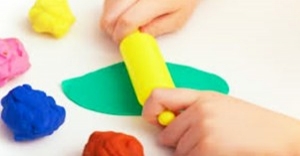 Playdough is such a versatile material. It provides numerous benefits to children as they manipulate it, it is safe and soothing and provides children with
Playdough is such a versatile material. It provides numerous benefits to children as they manipulate it, it is safe and soothing and provides children with Teaching children about sustainability enables them to appreciate and respect the natural environment. Early childhood services can provide meaningful hand on learning experiences in order
Teaching children about sustainability enables them to appreciate and respect the natural environment. Early childhood services can provide meaningful hand on learning experiences in order Recycling is an important concept that teaches children to care for the environment. It encourages children to be responsible and show a growing appreciating for
Recycling is an important concept that teaches children to care for the environment. It encourages children to be responsible and show a growing appreciating for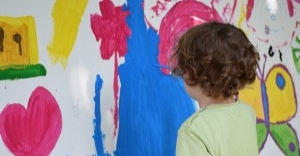 When children apply paint to paper, glue things together, or pound a lump of clay, they experiment with colour, shape design and texture.
When children apply paint to paper, glue things together, or pound a lump of clay, they experiment with colour, shape design and texture.

